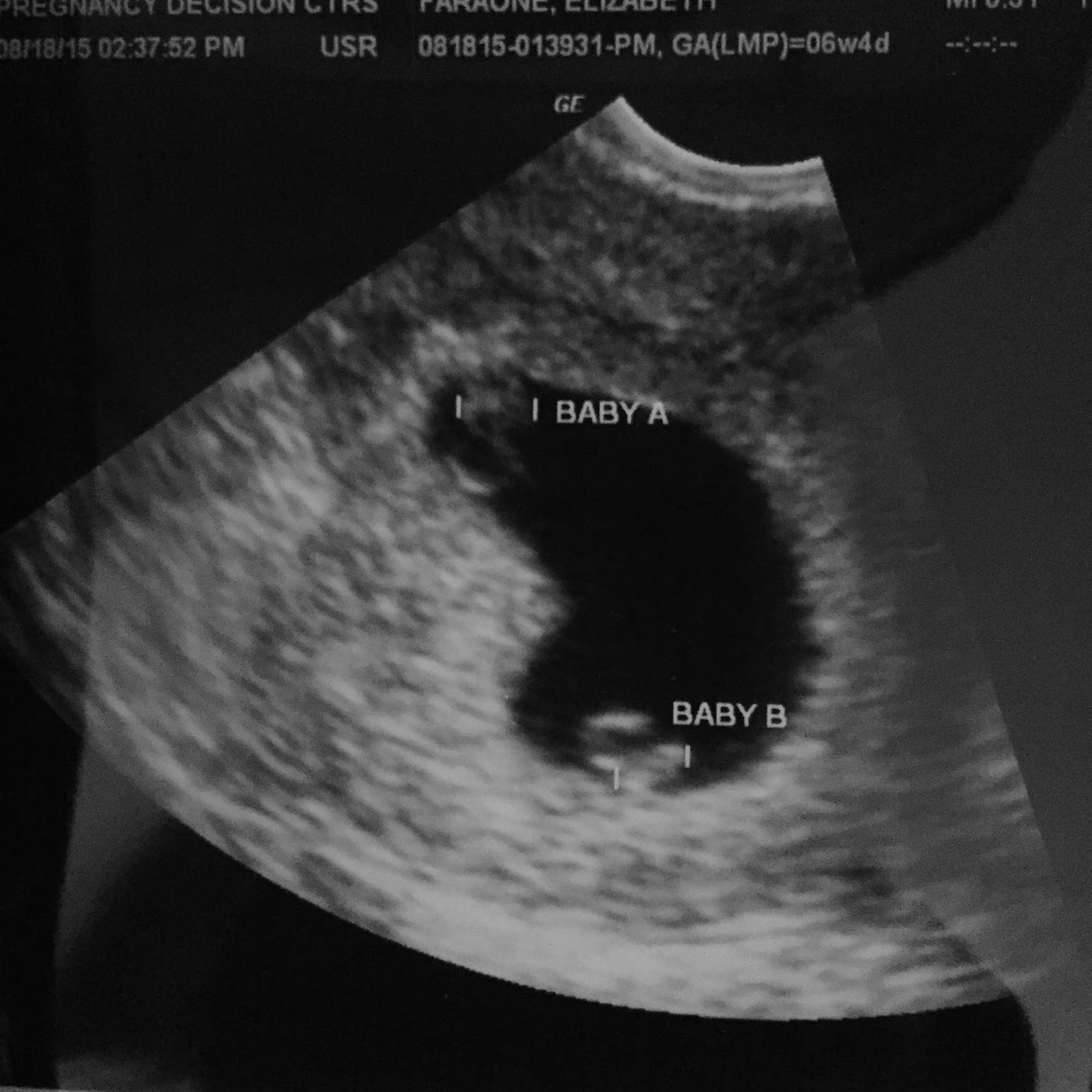
The embryo however is so small, you cannot see it on ultrasound at this stage. The yolk sac actually does the same in humans as it does for a chicken. Often, but not always, we can see the yolk sac. At that point, we can see the gestational sac picture. If you have gone through the IVF process and your blood hormone test has shown rapidly rising levels of hCG, then you should be able to get an ultrasound done a little after your beta-hCG level is 2,000. About a week later, observation of a heartbeat hopefully can be noted on ultrasound.ĭuring all of this time, the patient is on progesterone and other hormonal support, which is tailored to her particular situation. Later, once the pregnancy hormone level reaches around 2,000 or more, an ultrasound can be used to make sure the pregnancy is implanted in the uterus and is not a tubal pregnancy. If it is positive, then it should be repeated to check if the pregnancy hormone is increasing rapidly as occurs in a healthy pregnancy.

Table: recommended embryo numbers for transfer Embryo QualityĪpproximately 10 days after the embryos are transferred, a blood pregnancy test can be done. Below is a table regarding embryo quality and the recommended number of embryos to transfer according to the American Society of Reproductive Medicine. If an embryo is available for cryopreservation, it adds to the cumulative possibility of success of a patient. We avoid replacing three embryos because of the risk of triplets, although some older patients may have three embryos replaced. Implanting one embryo at a time decreases the risk of twins.

Each embryo has 25 to 30% chance of implanting depending on whether the genes have been evaluated. Single embryo transfer is frequently recommended to patients with high quality day-5 embryos. The patient’s willingness to risk multiple pregnancies influences the number of embryos to transfer as well.Įmbryos are transferred at the blastocyst stage, which occurs at day 5 or 6. The recommendation is to increase the number of embryos along with the age of the female partner, particularly after age 40. The number of embryos to transfer depends on the age of the patient, the quality of the embryos and the stage of embryo development. Learn why we encourage our patients to choose a single-embryo transfer. There is research that now shows that single embryo transfers lower the risk of having a baby with cerebral palsy.

Why choose a single embryo transfer? Science says so. Once IVF is completed, the next steps include transferring embryos, pregnancy tests, and ultrasounds.


 0 kommentar(er)
0 kommentar(er)
